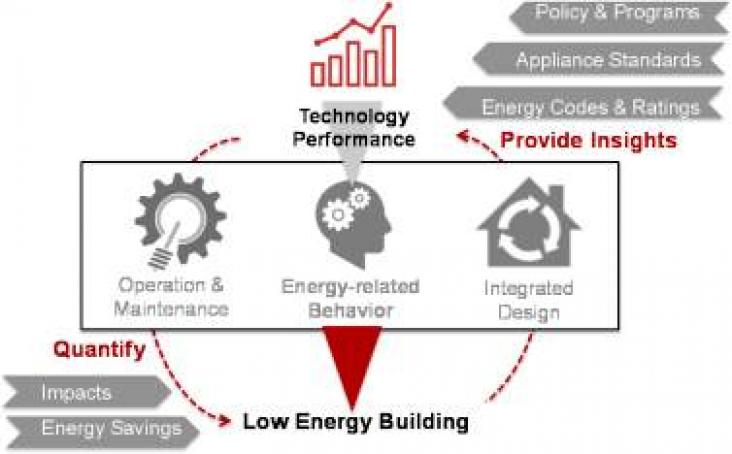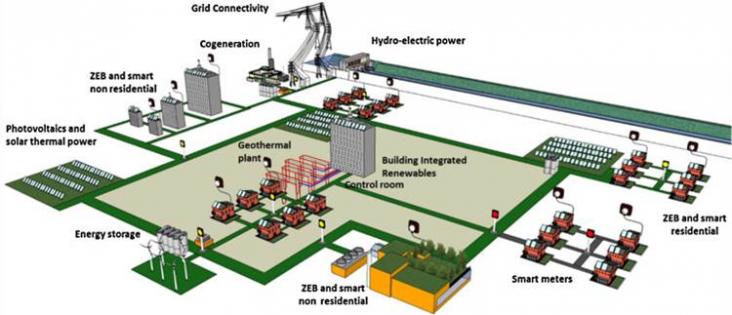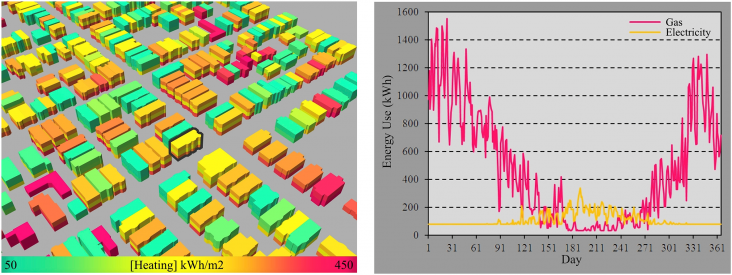Access to clean and stable energy is a major challenge for many developing African countries. This research aims to investigate ways in which financing renewable energy projects (REPs) can help to address this problem and therefore SDG7. The authors propose the promotion of the two-hand renewable energy service company (ESCO) model as an efficient financial vehicle for increasing sustainable economic development through the production of reliable and stable electricity in semi-urban and rural communities.
This paper addresses the interface of steering, research, and business operators' perspectives to bioenergy sustainability.
As part of the transition to a future power grid, distribution systems are undergoing profound changes evolving into Active Distribution Networks (ADNs).
Energy geotechnics involves the use of geotechnical principles to understand and engineer the coupled thermo-hydro-chemo-mechanical processes encountered in collecting, exchanging, storing, and protec
Studies of waste-to-energy systems have applied a varying range of indicators to assess their sustainability.

Occupant behavior is one of the major factors influencing building energy consumption and contributing to uncertainty in building energy use prediction and simulation.

The smart grids are modern electric power grid infrastructure for enhanced efficiency and reliability through automated control, high-power converters, modern communications infrastructure, sensing

Over the past decades, detailed individual building energy models (BEM) on the one side and regional and country-level building stock models on the other side have become established modes of analysis
This paper presents a review of exergy analysis of solar thermal systems. It includes both various types of solar collectors and various applications of solar thermal systems.
Capacity planners in developing countries frequently use screening curves and other system-independent metrics such as levelized cost of energy to guide investment decisions.
